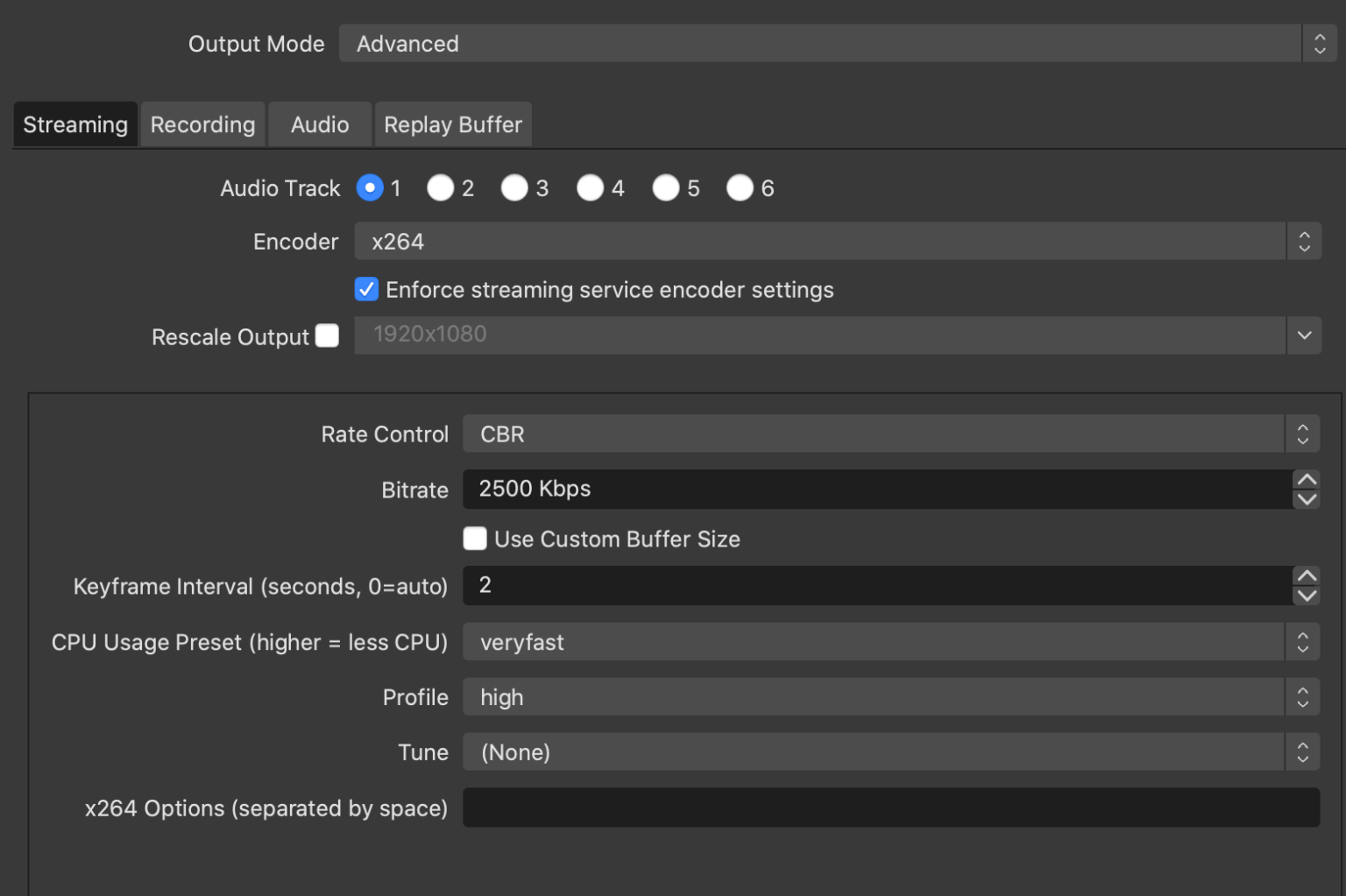

Release time: How long it takes for the microphone to mute again once the Db goes below the Close Threshold.

Hold Time: How long the mic should stay on after the volume has dropped below the close threshold.Attack Time: Measured in milliseconds and refers to how long it takes for the Noise Gate to initiate when the Db threshold is met.Please play around with both settings here to find out what works best for you. Each person will have different settings here. We recommend setting your close threshold about 5Db below your open threshold.
 Close Threshold: Refers to the point when the noise gate will turn off your microphone once the mic audio drops below your set Db threshold. This means that the clicking of your mechanical keyboard will have to be louder than -26 decibels in order for you microphone to pick it up. In the image above, anything below -26 Db will not be picked up by the mic. Open Threshold: Allows you to set a specific decibel threshold that must be met in order for the microphone to turn on and pick up the sound. When you add the Noise Gate filter, you will see several options that you can customize. By introducing a Noise Suppression filter you can get rid of these annoying background noises.Ĭustomizable options for the Noise Gate filter If you stop talking, pay attention to your audio levels in the mixer, you will notice some sort of background noise being picked up by your microphone. You may hears cars driving in the background, air condition units, the fan from your computer, etc. Noise SuppressionĪ good microphone is going to pick up a lot of background noise. This leads me to our next filter: Noise Suppression. Please note that as you turn up the gain you are more likely to hear background noise. The gain filter in this instance will come in handy to make sure you are hitting those optimal levels. If you find that your audio levels are still too low after turning up the gain control on your mic and the audio control in Streamlabs Desktop, don’t worry some mics are naturally more quiet than others. The effect of the built-in gain control and the gain filter in Streamlabs Desktop is the same. A lot of microphones already have a built-in gain control on them. Turn the gain up, and your audio levels go up. Turn the gain down, and your audio levels go down. The gain filter gives you finer control to adjust your audio levels. Gain simply refers to the loudness of the audio. The first filter we are going to discuss is called “Gain”. This will let you hear exactly what your viewers will be hearing from your microphone and give you greater control to fine tune your audio settings. Change your Audio Monitoring for you microphone to “Monitor Only”. A great way to monitor the effect of the filters is to open the advanced audio settings by clicking the settings cog in the mixer section.
Close Threshold: Refers to the point when the noise gate will turn off your microphone once the mic audio drops below your set Db threshold. This means that the clicking of your mechanical keyboard will have to be louder than -26 decibels in order for you microphone to pick it up. In the image above, anything below -26 Db will not be picked up by the mic. Open Threshold: Allows you to set a specific decibel threshold that must be met in order for the microphone to turn on and pick up the sound. When you add the Noise Gate filter, you will see several options that you can customize. By introducing a Noise Suppression filter you can get rid of these annoying background noises.Ĭustomizable options for the Noise Gate filter If you stop talking, pay attention to your audio levels in the mixer, you will notice some sort of background noise being picked up by your microphone. You may hears cars driving in the background, air condition units, the fan from your computer, etc. Noise SuppressionĪ good microphone is going to pick up a lot of background noise. This leads me to our next filter: Noise Suppression. Please note that as you turn up the gain you are more likely to hear background noise. The gain filter in this instance will come in handy to make sure you are hitting those optimal levels. If you find that your audio levels are still too low after turning up the gain control on your mic and the audio control in Streamlabs Desktop, don’t worry some mics are naturally more quiet than others. The effect of the built-in gain control and the gain filter in Streamlabs Desktop is the same. A lot of microphones already have a built-in gain control on them. Turn the gain up, and your audio levels go up. Turn the gain down, and your audio levels go down. The gain filter gives you finer control to adjust your audio levels. Gain simply refers to the loudness of the audio. The first filter we are going to discuss is called “Gain”. This will let you hear exactly what your viewers will be hearing from your microphone and give you greater control to fine tune your audio settings. Change your Audio Monitoring for you microphone to “Monitor Only”. A great way to monitor the effect of the filters is to open the advanced audio settings by clicking the settings cog in the mixer section.







 0 kommentar(er)
0 kommentar(er)
